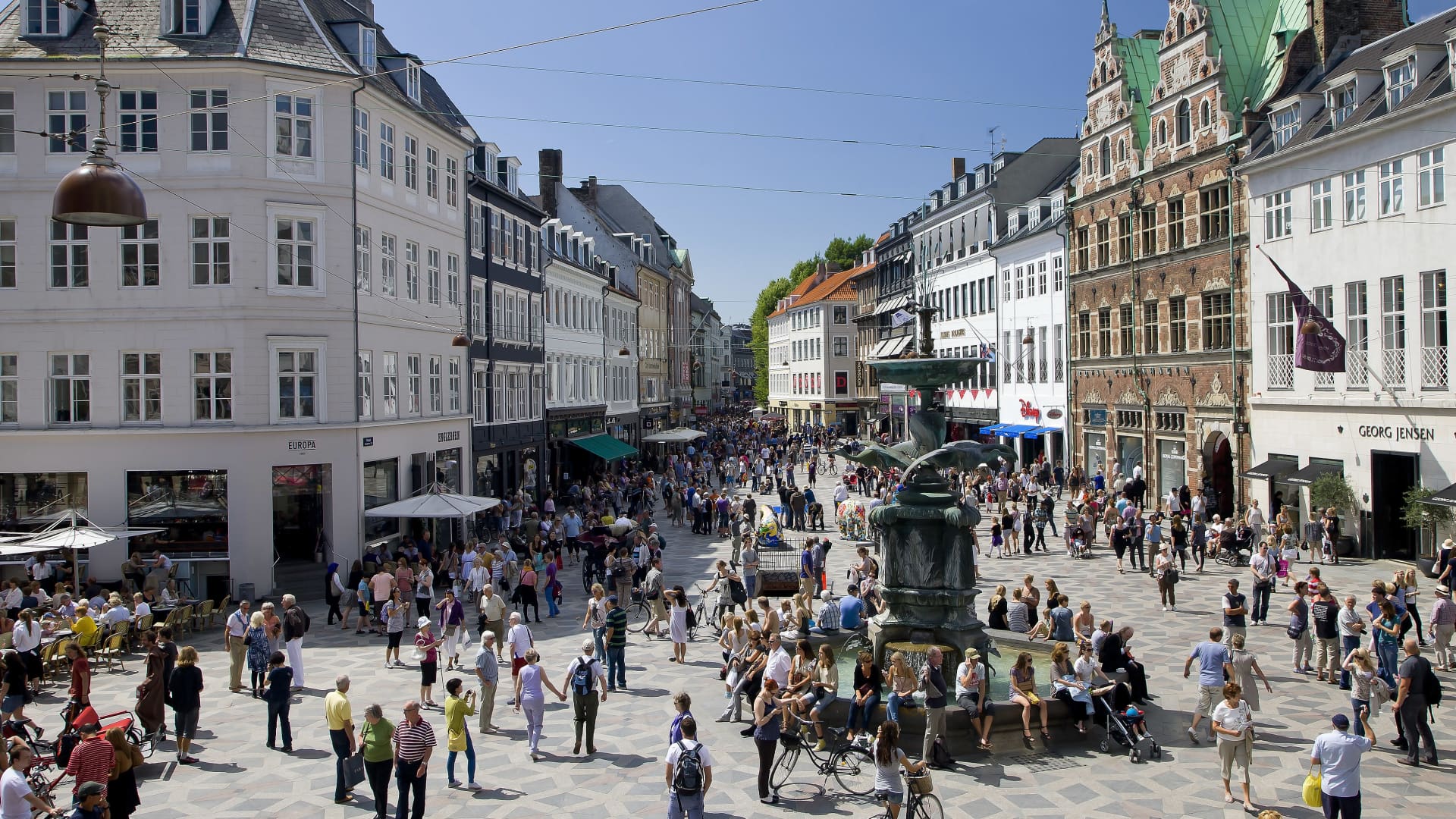Cities around the world are proposing to replace the space taken up by parked cars with usable areas for people.
Personal cars sit parked about 95% of the time, according to a study by the RAC Foundation. And they take up valuable real estate in urban areas. Roads and parking occupy nearly a quarter of Manhattan, for example, while only 22% of households in the borough owns a car, according to census data.
Cars were banned on a stretch of Broadway by Times Square in 2009. While initially controversial, this change quickly decreased traffic accidents, especially those involving pedestrians, and increased foot traffic in the neighborhood, according to HR&A Advisors. There’s also been an effort by a coalition made up in part by unions and health public health organizations to turn 25% of the land used by cars into land for people in New York City by 2025.
“I think it’s proved itself over and over. It is a very good example of what you can do when you take space away from single occupancy motor vehicles and give it to people on foot or on bikes,” said Eric McClure, the executive director and treasurer of StreetsPAC.
Creating pedestrian plazas like the one in Times Square is prevalent in many European and Asian cities like Amsterdam and Tokyo. They prioritize public transportation and cycling infrastructure while U.S. cities often favor cars.
“I think the young people broadly are kind of dissatisfied with the status quo of what cities look like,” said Paul Stout who runs the urban developing TikTok account ‘TalkingCities.’ “There’s this big push for walkable cities and transit-rich places.”
Culdesac, a real-estate developer, is appealing to younger generations’ desire for walkable cities by creating the United States’ first walkable community built entirely from scratch.
The development in Tempe, Arizona, which is set to begin opening toward the end of 2022, is fully-equipped with e-scooters, rentable EVs, e-bike storage and is connected to the local light rail system. It also has retail and community spaces like a park and pool, and residents will get a discount on ride share services. Lyft co-founder John Zimmer is on the board. The company said it has raised $200 million in real estate capital.
For U.S. cities to become more walkable, the implementation of congestion tolls, reduced and paid parking, could be necessary. Cities could convert some of this space into pedestrian plazas, outdoor-retail space as well as add cycling and public transportation infrastructure.
“Once there’s an emphasis on the quality of the public realm, you’re making life better for many, many people,” said Elizabeth Plater-Zyberk who is an architect, urban designer and professor at the University of Miami.
Image and article originally from www.cnbc.com. Read the original article here.

